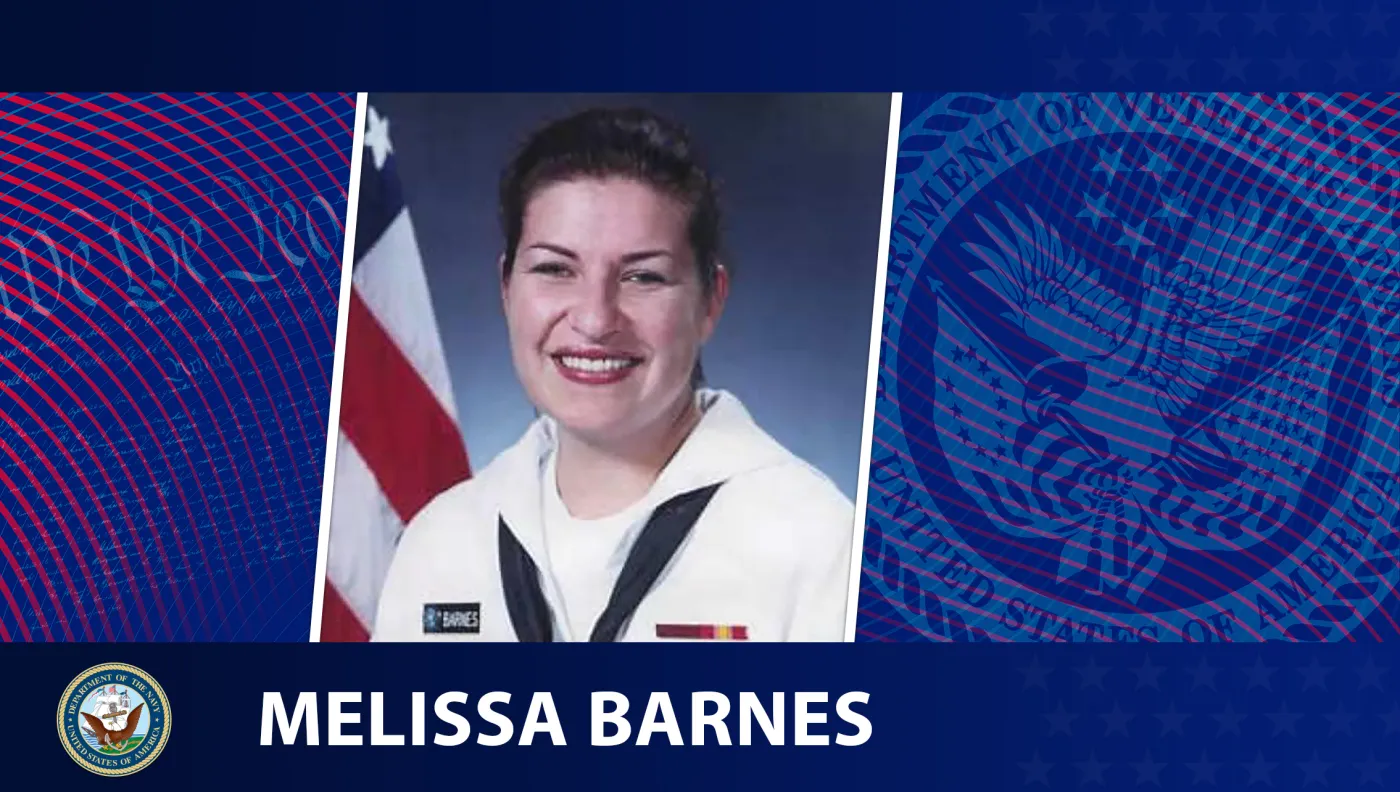James Edwin Webb was born in the small town of Tally Ho, North Carolina, in 1906. Webb came of age during the Great Depression and spent his high school years working as a clerk at a local grocery store. He later attended the University of North Carolina and paid his way through school by working as a letter writer and typist.
Webb graduated in 1928 with a degree in education. He joined the Marine Corps Reserve in 1930 after reading in the newspaper that the Marines were looking for college graduates to serve as pilots. Webb thought that military service might provide a way out of poverty.
“I couldn’t see anything other than eking out an existence,” Webb said in a 1985 interview, “and I felt that if I didn’t make it in the Marine Corps… I at least would wind up in New York and I probably could get a job up there.”
Webb trained to be a naval aviator at Pensacola Naval Air Station in Florida and was commissioned as a second lieutenant in 1931. He spent a year on active duty in Quantico, Virginia, then moved to Washington, D.C., to become a secretary for North Carolina Congressman Edward Pou in 1932. Webb continued flying as a Marine Reservist while attending night school and received a law degree from George Washington University in 1936. That same year, he moved to New York to work for the Sperry Gyroscope Company, eventually becoming vice president. In 1944, during World War II, Webb returned to active duty and became commanding officer of the 1st Marine Air Warning Group at Cherry Point, North Carolina. He left the Marine Corps with the rank of lieutenant colonel.
In the decade after the war, Webb held a variety of managerial positions in both the private sector and federal government, including working as undersecretary of state for President Harry Truman. In 1961, President John F. Kennedy appointed Webb to serve as the administrator of the National Aeronautics and Space Administration (NASA), which was established a few years earlier after the launch of the Soviet Union’s Sputnik satellite. Webb was initially reluctant, believing he was not qualified to lead NASA and that a scientist would be a better choice. However, President Kennedy convinced Webb that his management skills made him well-suited for the job.
“President Kennedy said, ‘I want you for this reason,’” Webb said. “And I’ve never said no to any president who has asked me to do things.”
As NASA administrator, Webb helped guide the United States through the Space Race with the Soviet Union and worked on developing the Apollo program to accomplish President Kennedy’s goal of getting an American to the moon before 1970. However, a fire on the launch pad at the Kennedy Space Center in Florida resulted in the deaths of Apollo 1 astronauts Roger Chaffee, Virgil “Gus” Grissom and Edward White in 1967. He resigned from NASA in 1968, less than a year before the Apollo 11 astronauts landed on the moon.
Webb died on March 27, 1992. The James Webb Space Telescope, launched on Dec. 25, 2021, bears his name.
We honor his service.
Nominate a Veteran for #VeteranOfTheDay
Do you want to light up the face of a special Veteran? Have you been wondering how to tell your Veteran they are special to you? VA’s #VeteranOfTheDay social media feature is an opportunity to highlight your Veteran and his/her service.
It’s easy to nominate a Veteran. Visit our blog post about nominating to learn how to create the best submission.
Writer: Stephen Hill
Editors: Nicolas Nunnally, Annabelle Colton
Researcher: Patrick E. Woods
Graphic artist: Brittany Gorski
Topics in this story
More Stories
This week’s Honoring Veterans Spotlight honors the service of Army Veteran Mary Edwards Walker.
This week’s Honoring Veterans Spotlight honors the service of Marine Corps Veteran Opha May Johnson, who served during World War I.
This week’s Honoring Veterans Spotlight honors the service of Navy Veteran Melissa Barnes, who died while serving on Sept. 11, 2001.






